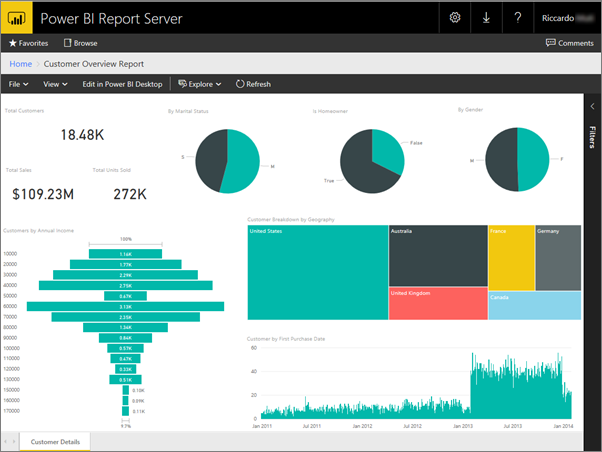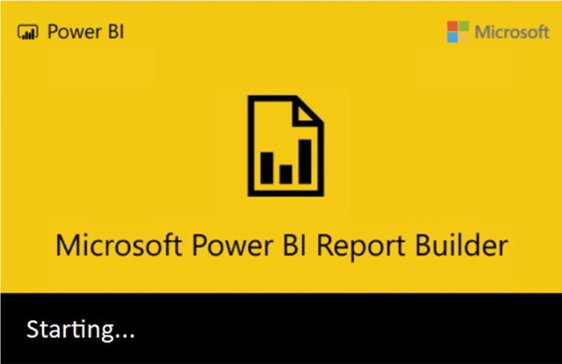

You can use the following parameters as part of a URL to configure the look and feel of your paginated reports in Power BI. URL text corresponding to the value of the parameter being used.įor examples of passing report parameters on the URL, see Pass a report parameter in a URL. Report parameters require a parameter prefix and are case-sensitive. Used to separate name and value pairs of URL access parameters.Ī prefix for the URL parameter (for example, rp: or rdl:) that specifies an action in the Power BI service. The Web service URL of your Power BI tenant. For example: powerbiserviceurl?rp:parametervalueh&rdl:parameter=value

Name and value pairs are separated by an equal sign (=). Parameters are separated by an ampersand (&). URL requests can contain multiple parameters, listed in any order. Paginated report URL functionality is compatible with most browsers and applications that support standard URL addressing. The way in which the service handles URL requests depends on the parameters, parameter prefixes, and types of items that are included in the URL. URL requests to Power BI contain parameters that are processed by the service.

Initiate the export of the report content in a supported file format.įor the complete list of commands and settings available through URL access, see URL access parameter reference later in this article.Here are actions you can perform through URL access parameters: You then paste this URL directly into an email or Web page so others experience your report in the same manner in the browser. You further customize how Power BI processes the report by embedding parameters for rendering formats, or for the look and feel of the report toolbar. You encapsulate this information in the URL by using predefined URL access parameters. For example, you may have viewed the report using a specific set of report parameter values.

You can send commands to paginated reports in Power BI by adding a parameter to a URL. Those steps will bring your reporting protocols into 2021 and beyond.APPLIES TO: ✔️ Power BI Report Builder ✔️ Power BI service ❌ Power BI Desktop Further, once all of the SSRS reports have been moved into Power BI paginated reports, the SSRS solution can also be deprecated. Whether these are paginated reports or dashboards, the Premium Power BI platform will allow for current and future reporting needs to be met, allowing Crystal Reports to sunset without any new report development.
#Powerbi paginated report builder manual
Besides, unless there is a truly compelling reason to move off of Crystal Reports, it is best to let the existing reports remain as Crystal solution, work on manual porting of the reports to Power BI, and to sunset Crystal on your timetable.īelow is Crestwood’s recommended roadmap for moving from Crystal/SSRS to Power BI. If there are any changes to the reports that would be required, it actually makes more sense to manually design those reports to leverage Power BI as paginated reports than it does to do a strict lateral move to SSRS. In short, although there are automated online solutions to port Crystal Reports to SSRS, a manual approach to reviewing and porting those reports is often a better investment, as it allows your internal subject matter experts to offer their thoughts on the efficacy and usefulness of the Crystal solutions. One question we are often asked in those discussions is, “how do we migrate our existing Crystal Reports to SSRS, or to Power BI?” We have been asked by many clients about moving their existing business intelligence solutions to the modern Microsoft Power BI platform, and most of those inquiries involve some combination of Crystal Reports and SQL Server Reporting Services (SSRS) reports.


 0 kommentar(er)
0 kommentar(er)
